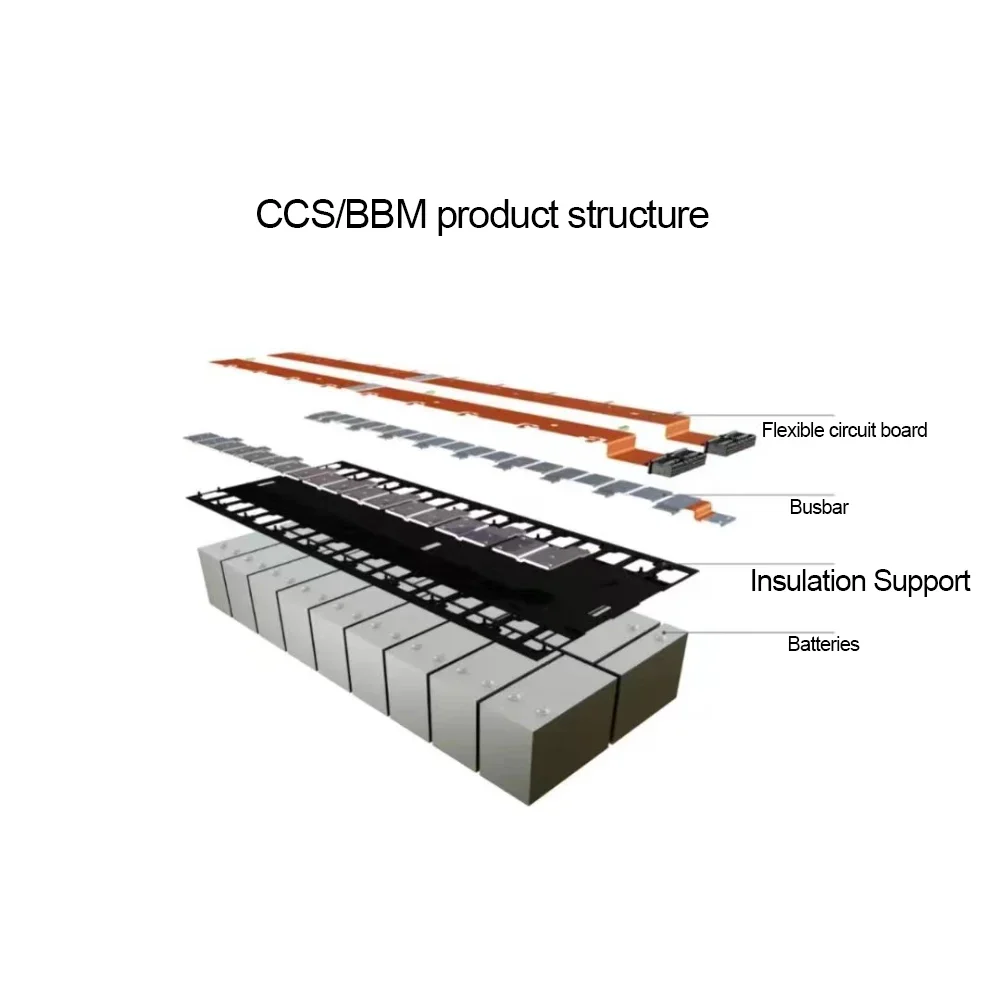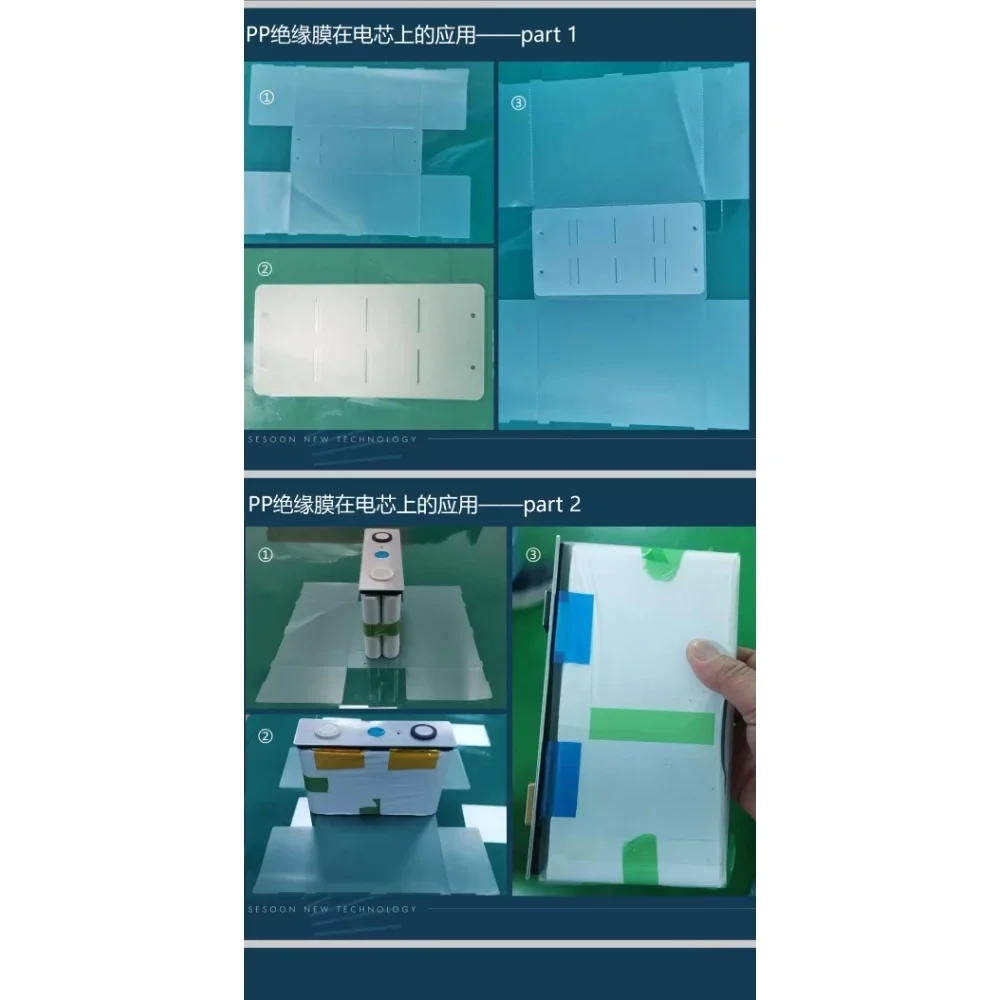Thermoforming is a versatile manufacturing process that involves heating a sheet of material until it becomes flexible, and then shaping it into a specific form. This technique is widely used in various industries to create a wide range of products, from food packaging to automotive components. In this article, we will explore the different processing techniques involved in thermoforming, shedding light on their unique benefits and applications.
1. Vacuum Forming
One of the most common techniques in thermoforming is vacuum forming. It involves placing the heated sheet over a mold and using vacuum pressure to draw the material onto the mold's surface. This process allows the material to conform precisely to the shape of the mold, resulting in accurate and consistent product dimensions.
Vacuum forming is often used for large, shallow products with simple shapes, such as trays, disposable containers, and blister packs. It is a cost-effective method that provides quick turnaround times and excellent scalability for mass production.

2. Pressure Forming
Pressure forming is an advanced thermoforming technique that combines vacuum pressure and compressed air to achieve highly detailed and intricate designs. By introducing compressed air to the sheet during the molding process, pressure forming allows for sharper corners, deeper draws, and more complex geometries compared to vacuum forming alone.
This technique is particularly suitable for creating display cases, electronic enclosures, automotive parts, and other products that require enhanced precision and aesthetics. The finished products exhibit superior surface finish and excellent part definition.
3. Twin-Sheet Forming
Unlike traditional thermoforming, which involves a single sheet of material, twin-sheet forming utilizes two separate sheets that are molded simultaneously. These sheets are heated and shaped independently before being joined together, sandwiching any required insulation or reinforcement between them.
Twin-sheet forming offers the advantage of creating hollow structures, such as storage containers, fuel tanks, and some automotive components. The process results in lightweight, durable products with excellent strength-to-weight ratios and excellent insulation properties.
4. Plug Assisted Forming
Plug assisted forming is a technique that uses a male plug to apply additional positive pressure to the sheet during the forming process. By applying controlled force, this method helps achieve more intricate details and sharper corners, especially for deep-drawn parts.
This technique is commonly used for producing complex parts with consistent wall thickness, such as medical equipment, aircraft interior components, and specialized packaging. It ensures excellent part definition and minimizes material thinning.
5. Drape Forming
Drape forming is a simplified version of thermoforming that involves heating the sheet until it becomes pliable and then draping it over a mold by gravity or using minimal vacuum pressure. This technique is suitable for creating shallow, curved parts with uncomplicated geometries.
Drape forming finds applications in industries like signage, recreational equipment, and point-of-purchase displays. It offers cost-effective production of low-volume, customized products while maintaining good dimensional accuracy.

6. Billow Forming
Billow forming is a specialized thermoforming technique used for creating parts with complex curves and compound shapes. This process involves heating the sheet until it softens, then blowing it into a mold using high-pressure air or gas.
Billow forming is commonly used in industries such as aerospace, automotive, and medical, where parts with aerodynamic shapes or intricate contours are required. The technique allows for precise control over wall thickness distribution and can produce lightweight yet robust components.
7. Rotary Thermoforming
Rotary thermoforming, also known as carousel thermoforming, is a continuous production process that utilizes rotating molds. The sheet material is fed into the machine through a roll, heated, and then guided onto the rotating molds, where it takes shape.
This technique is well-suited for high-volume production of small to medium-sized parts, such as disposable cups, food trays, and clamshell packaging. It offers excellent efficiency and productivity, making it a cost-effective choice for mass manufacturing.
8. Freeze Forming
Freeze forming, also referred to as snap-back or quick-cooling thermoforming, involves rapidly cooling the heated sheet material to lock it in place before removing it from the mold. This technique is commonly used for producing thin-walled, deep-drawn parts with intricate details.
Typical applications of freeze forming include components in the healthcare industry, consumer electronics, and cosmetic packaging. The process allows for faster cycle times and reduces the chances of material shrinkage or deformation.
9. Female Molding
In contrast to the traditional male molding process, female molding employs a female mold to shape the heated sheet material. This technique is particularly useful for producing parts with complex surface textures or multiple undercuts.
Female molding is often used in industries such as automotive, consumer goods, and architectural applications. It allows for the creation of highly customized products with intricate designs and precise details.

10. Composite Thermoforming
Composite thermoforming involves combining thermoplastic materials with other reinforcing elements, such as fibers or textiles, during the forming process. The resulting composite material offers enhanced strength, stiffness, and resistance to impact or heat.
This technique finds applications in industries like aerospace, sports equipment, and military. It allows for the production of lightweight, high-performance products with improved structural properties.
Conclusion
Thermoforming encompasses a wide range of processing techniques, each offering unique benefits and applications. From billow forming to rotary thermoforming, manufacturers have various options to choose from based on their specific product requirements, desired complexity, and production volume. Understanding these techniques enables manufacturers to optimize their manufacturing processes, ensuring efficient production cycles and high-quality thermoformed products across diverse industries.
Hanhui has been focusing on the packaging industry for more than ten years, tailoring all kinds of packaging products according to customers in different industries, with completely independent R & D and design capabilities, excellent team service capabilities, and perfect production system. We attach importance to scientific and technological innovation, independent research and development of core technologies, and comprehensively implement modern process management.
Welcome to contact us,if you need.
Email:[email protected]
